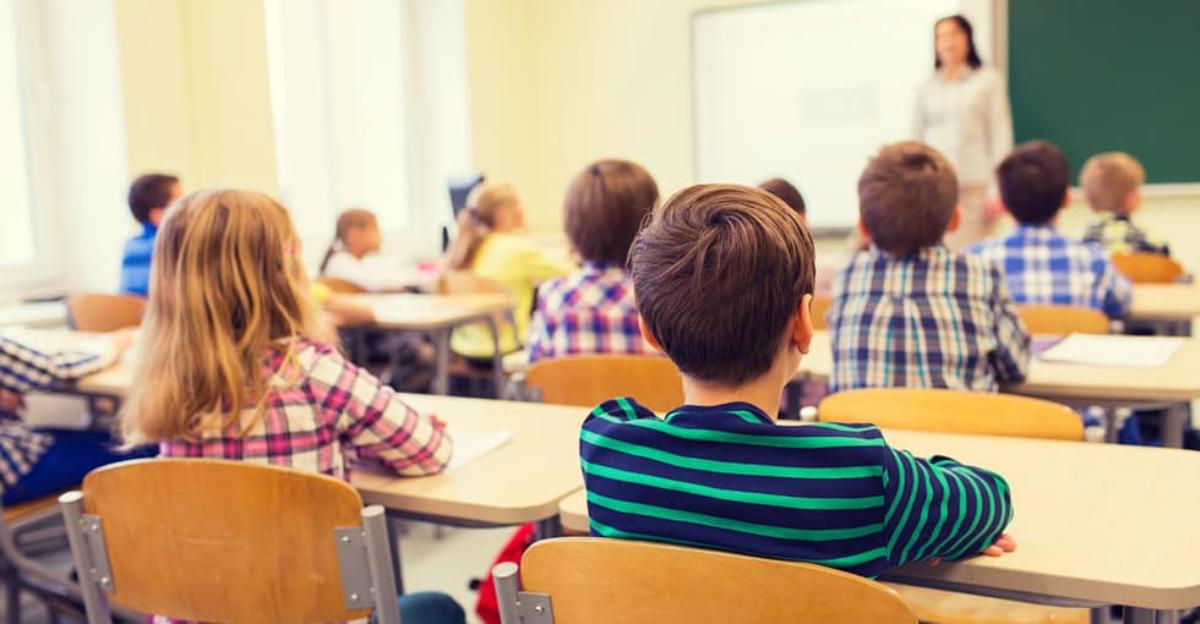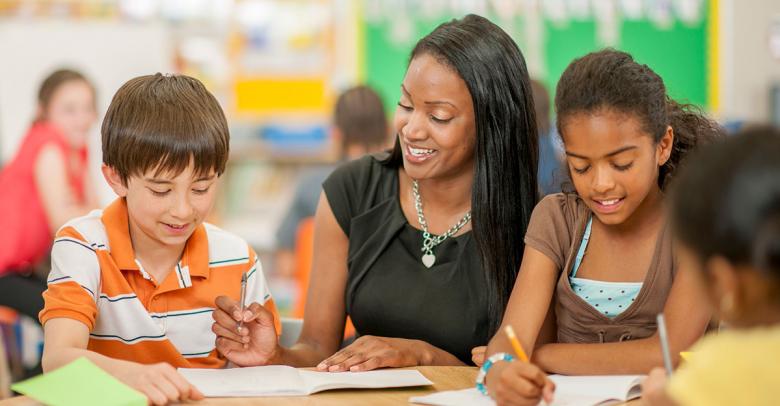Even if you and your district’s school board of directors and each school’s administrators have mapped out each district facility’s emergency and safety policies — including detailed procedures and equipment that might include reliable PA systems in emergency situations such as fires and tornadoes — you still need to address matters with teachers and students. It is sometimes impossible for administration to control things at the classroom level, so it is important to work with educators to devise a safety strategy to keep their students, as well as themselves, safe during any emergency.
Set meetings with your school’s teaching to determine universal safety measures every classroom needs. Ask for everyone to participate in coming up with ideas and solutions. These collective sessions will help everyone understand all possible risks and dangers while also giving them the tools to stay safe against any emergencies that arise specifically within their classroom area.
Some ideas that your safety meetings for measures that every classroom needs might generate could include the following list:
Design a Safety Plan for Each Classroom.
Even each school in your system features a set of large-scale safety procedures for various emergency situations, it is important that safety begins in each classroom. Your teachers are responsible for getting their own students to a school-wide prescribed safety zone for each type of occurrence. Work with teachers to create checklists and schedules to keep students attuned to emergency procedures by slating in-classroom fire, earthquake and tornado drills. Outside of school drills, teachers can simply, as an example, work with students to safely and calmly stand up from their desks and line up to file out of the room and toward the safe zone. Create a slideshow or film presentation to share with the class via projector or whiteboard to illustrate their responsibilities in certain emergency situations.
Note Potential Obstructions and Confusion for Students during Emergencies.
Encourage teachers to carefully survey their classroom and talk to students to list any areas that might obstruct the pathway for speedy exits during emergencies. Teachers can work with students to create a clear space that helps them mentally prepare for quick exits. Enlisting the students helps them understand the real risks involved, even during drills, and that they can lend a hand in making everyone safer. Together, teachers and students can design a map of their classroom that everyone can review and following during emergencies. Encourage students to respectfully work together in such situations to make sure their fellow classmates get out of danger together.
Keep Safety Materials Easily Accessible In Each Classroom.
Supply your teachers with various safety equipment, which includes a first aid kit to accommodate at least the maximum number of students who might experience injuries in the classroom. Two-way radios and megaphones can help teachers communicate when face-to-face and telephone methods are not viable.
At School Specialty, we believe that, with a strong plan and the right equipment, your teachers and students can manage any emergency situation with confidence and ease. Contact us to order any supplies you believe will help keep everyone in your care safe and secure.






Leave a Reply